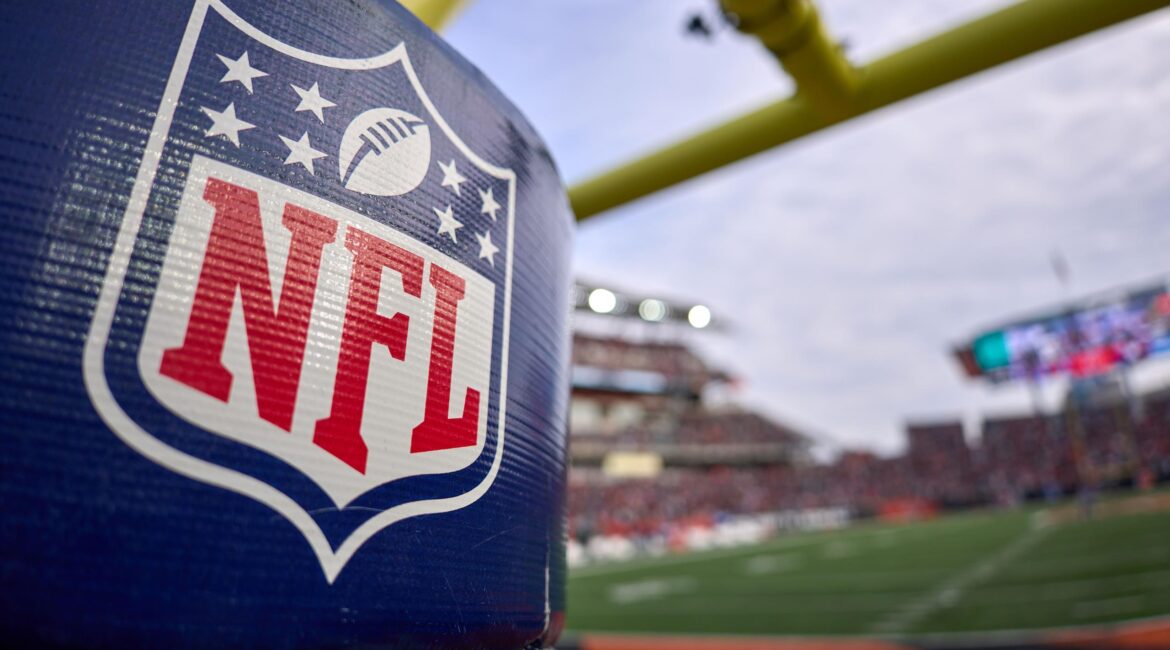NFL Super Bowl Overtime Rules
The exhausting NFL season culminates with the Super Bowl. It is by far the most popular event in the US, watched by more than 100 million people every year. The last Super Bowl was seen by 123.4 million people, the highest ever.
Super Bowls are so popular that even some highly notable historical events got less attention. The Super Bowl is an event you mustn’t miss, especially if the clash between the two teams is so tense and equal and the game goes into overtime.
An NFL match lasts around three hours in total but with the overtime, the play may stretch a little more. If you want to know more details about how long do NFL games last, check our previous article on this subject. Here, we’re focusing on the Super Bowl game and the rules around the possible overtime. Follow if you want to know more about this.
OT Rules in NFL Football
The NFL is constantly changing. The league started in 1920, but the playoff was first introduced in 1933. The first Super Bowl happened in 1967, and in 1974, the league introduced overtime ties. It’s quite complicated for those who rarely watch NFL games, but in reality, it’s fairly simple. We’ll try to explain some of the most notable rules for you to understand how ties, overtime, and sudden death events occur in the NFL, and especially the Super Bowl.
What does OT mean in football?
First, let’s check the terminology and see what the terms we talked about above mean. An NFL game lasts 60 minutes and if the score is tied after the time is out, the game goes into overtime. When we say OT, it means overtime. It is the period of play when teams continue their battle even though time is officially over. This is a chance for teams to score a touchdown or a field goal to gain an advantage.
A standard NFL game will have a 10-minute overtime. There’s a coin toss before it, and the winner chooses whether to receive the ball or kick-off. This decision can be crucial for the outcome.
It’s important to note that the overtime in the Super Bowl game is 15 minutes. This gives both teams a better chance to prepare and work for the win. However, there was only one overtime in the history of Super Bowls. It happened on Super Bowl LI, in 2017 when the game between New England Patriots and Atlanta Falcons ended 28-28 after regular time. The Patriots won in the end.
How is Overtime Played?
Like the regular season, so in the playoffs, and the Super Bowl, for the game to go into overtime, the score must be tied after the final whistle. When the referee announces the game goes into overtime, they flip a coin, and the winner picks one of the options.
When the overtime starts, if the team that receives the opening kick-off scores a touchdown on their first possession, they win immediately. This happened at Super Bowl LI when the Patriots won by scoring a touchdown on their first possession.
If they only score a field goal instead of a touchdown, the opposing team gets one possession to tie or win. This is why it’s crucial to choose wisely after the coin toss. Additionally, if the opposing team fails to score on their possession after a field goal, the game ends. If the opposing team scores a touchdown, they win outright.
With everything written, you may say that during the Super Bowl, overtime is not true sudden death. The rules are carefully crafted so that everyone gets a fair chance to win.
If the game is still tied after both teams have had possession, the game continues under classic sudden-death rules, where scoring any point means a win. Still, as mentioned, Super Bowl overtime happened only once in its 57-year history.
How does OT work in college football?
College football overtime works entirely differently than the NFL and the Super Bowl. The main difference is that after the game is tied, the referee tosses a coin, while the visiting team chooses head or tails. The winner can choose to start on offense or defense or pick the end of the field for both teams to use.
There is no overtime clock. Both teams have the chance to score, starting from the same position on the field. If the score is still tied after both teams played, the overtime starts over and lasts until one team ends with more points.
Additionally, if a team commits a turnover, their possession ends. The opposing team can score if they return the turnover for a touchdown, or they take over at the spot of the turnover if not.
In 2021, additional tweaks in the overtime rules were added. For the first two overtimes teams can choose to attempt a touchdown or kick a field goal, but for the potential third overtime, teams must attempt a two-point conversion instead of starting with a 25-yard possession.
For each fourth overtime and beyond, teams will alternate two-point conversion plays until a winner is determined.

